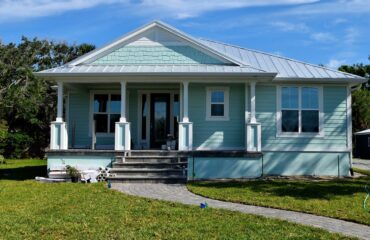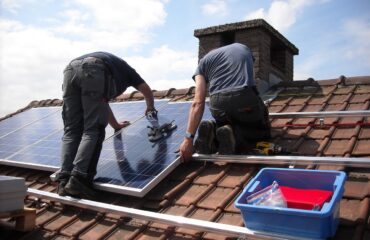Membrane roofing presents a practical solution for modern buildings, leveraging specialized materials to craft durable and energy-efficient roofs, especially when overseen by a professional Austin roofer. This roofing effectively reflects sunlight, reducing the reliance on air conditioning and conserving energy. With its lengthy lifespan and minimal maintenance requirements, membrane roofing offers long-term cost savings. Varieties like EPDM, TPO, PVC, and Bitumen cater to diverse needs, accommodating different climates and budgets. The installation process demands meticulous preparation, adept waterproofing, ensuring seam integrity, and precise sealing for optimal performance. Regular maintenance, including inspections, cleaning, and repairs, is crucial for preserving the roof’s longevity and efficiency.
Advantages of Membrane Roofing
When considering roofing options, membrane roofing offers numerous advantages regarding durability and cost-effectiveness. Membrane roofing provides excellent energy efficiency benefits by reflecting sunlight and reducing the need for excessive air conditioning to cool the building. This reflective property helps maintain a stable indoor temperature, reduce energy consumption, and ultimately lower utility costs.
Moreover, membrane roofing systems are known for their long lifespan and minimal maintenance requirements, resulting in significant cost savings opportunities over the roof’s lifetime. Property owners can enjoy both immediate financial benefits through reduced energy bills and long-term savings due to the roof’s durability and longevity by investing in a quality membrane roofing system.
Types of Membrane Roofing
Various types of membrane roofing are commonly used in the construction industry for their durability and cost-effectiveness. When comparing EPDM vs TPO, EPDM (Ethylene Propylene Diene Monomer) is known for its excellent weather resistance and flexibility. At the same time, TPO (Thermoplastic Olefin) offers superior heat-welded seams and energy efficiency. On the other hand, when considering PVC vs Bitumen, PVC (Polyvinyl Chloride) membranes are highly reflective, durable, and resistant to chemicals and grease. In contrast, Bitumen membranes are famous for their affordability and ease of installation.
Each type has its unique advantages, making it essential to select the most suitable membrane roofing based on factors like climate, budget, and specific project requirements.
Installation Process of Membrane Roofing
The installation process of membrane roofing typically involves meticulous preparation of the roof surface to guarantee proper adhesion and waterproofing. Before laying down the membrane, it is important to ensure the roof deck is clean, dry, and free of debris that could compromise the integrity of the roofing materials. Depending on the type of membrane being installed, waterproofing techniques, such as adhesives or heat welding, are then employed.
Proper overlap and seam integrity are essential to prevent water infiltration. In addition, ensuring that the membrane is securely attached to the roof and that all edges are properly sealed is crucial for long-term performance. Following these detailed steps, the membrane roofing system can protect the building from the elements.
Maintenance Tips for Membrane Roofing
Regular inspections and proactive repairs are essential to effectively maintain membrane roofing to prolong the system’s lifespan and prevent potential water infiltration issues. Regarding membrane roofing maintenance, following specific cleaning techniques, repair methods, weatherproofing strategies, and preventative measures can significantly impact the roof’s performance and durability. Here are some key maintenance tips for membrane roofing:
– Regularly inspect seams, flashings, and penetrations for any signs of damage.
– Clean the membrane surface to remove dirt, debris, and organic materials that can degrade the roofing material.
– Conduct repairs promptly using compatible materials to prevent further damage.
– Apply weatherproof coatings or sealants to enhance the membrane’s resistance to UV rays and weathering.
– Implement preventative measures such as installing walkway pads to minimize foot traffic damage.
Other Roofing Tips:





